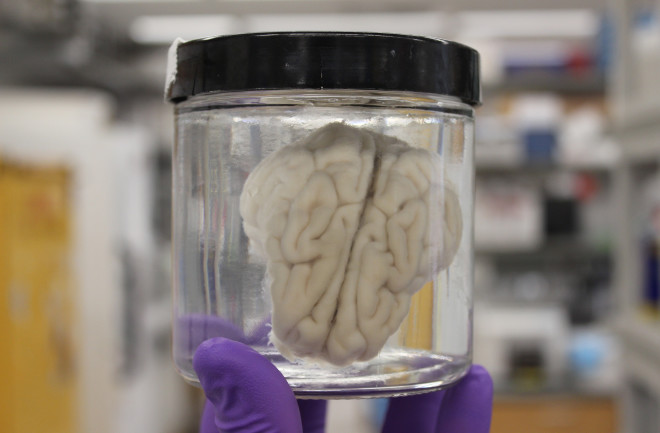Until recently, a lack of blood flow in the brain was thought to guarantee instant, irreversible death. But researchers reported in Nature in April that this may not always be the case, after they successfully resurrected the brains of pigs four hours after the animals had died.
Scientists Brought Brains Brought Back to Life Four Hours After Death
#13 in our top science stories of 2019.
By Roni Dengler
Dec 28, 2019 10:00 PM

A new method restored some cellular function to pig brains four hours after death. (Credit: Stefano D. Daniele & Zvonimir Vrselja/Yale School of Medicine)
Newsletter
Sign up for our email newsletter for the latest science news
0 free articles left
Want More? Get unlimited access for as low as $1.99/month
Stay Curious
Sign up for our weekly newsletter and unlock one more article for free.
View our Privacy Policy
Want more?
Keep reading for as low as $1.99!
Already a subscriber?
Find my Subscription
More From Discover
Stay Curious
Subscribe
To The Magazine
Save up to 40% off the cover price when you subscribe to Discover magazine.
Copyright © 2025 LabX Media Group
